Earl Grey Boba Milk Tea Japanese Cheesecake Recipe: Make a delicious Earl Grey Japanese Cheesecake filled with Boba!
Join our new baking/desserts group here!
Hi friends! My favorite tea is Earl Grey Milk Tea with bubbles. By steeping a tea bag and tea leaves in warm milk, I was able to make a strong Earl Grey milk tea to add into my Japanese cheesecake batter. As a result, I made a delicious Earl Grey Boba Milk tea Japanese cheesecake! I am so excited about this original recipe. The cake is my absolute favorite. It’s tall, fluffy and bouncy, light and moist and addictive to eat!
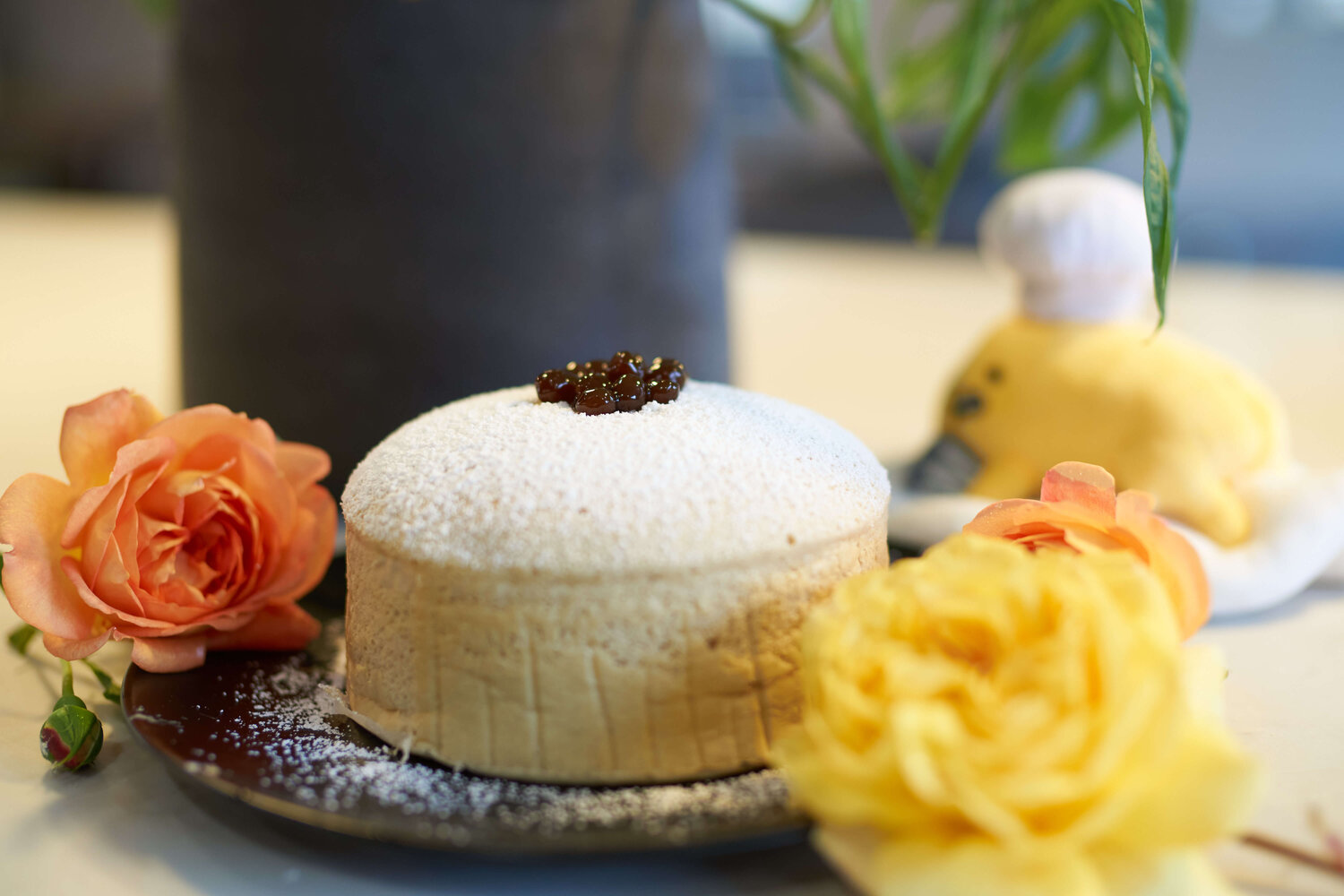
Earl Grey Boba Milk Tea Japanese Cheesecake
Ingredients
Instructions
Notes:
Egg whites must be stiff! It takes a while to beat egg whites to stiff peaks. The trick is to start on medium speed and add in cream of tartar or lemon juice after you see some foaming, and add the sugar gradually after you see the egg whites become whiter and foamier. Even when you think you’ve achieved stiff peaks, beat for a little longer, but not on max speed. Once the egg whites are over-beaten, the meringue is water and gritty and your batter will be watery/bubbly. Your cake will most likely be flat. Large cake pans result in flatter cakes. A magical pan seems to be 6 inches in is it diameter and three inches tall. My cake cracked little on top. It’s my first try making an Earl Grey Japanese cheesecake.
Earl Grey Boba Milk Tea Japanese Cheesecake
COMMON JAPANESE CHEESECAKE BAKING PROBLEMS AND JAPANESE CHEESECAKE TROUBLESHOOTING GUIDE
Why is my Japanese cheesecake not rising?Make sure to bake the cake mid-rack in the oven, and in a water bath or Bain Marie. The egg white beating process and then folding it into the batter are also key to the success of your Japanese cheesecake. The egg whites must be beaten to stiff peaks and the folding process requires you to fully incorporate the egg whites into the batter, without over-mixing your final batter. Your oven temperature may also be too low.
Why does my Japanese cheesecake have a dense bottom?Your Japanese cheesecake will have a dense bottom when you don’t fully incorporate the beaten egg white into the batter, leaving you with free floating meringue in the batter to floats to the top. The cake will have a light and fluffy top and a dense layer on the bottom.
Why did my Japanese cheesecake deflate?The key to having a cake that rises and doesn’t drastically deflate is baking in a water bath, beating the egg white meringue to stiff peaks, mid-rack baking, and not having too high of a parchment paper rim. The mixing of the final batter will also affect your cake; over-mixing the batter will lead to a flatter cake. Drastic quick changes in temperature can also affect the cake and make it deflate. Corn starch is helpful in keeping the cake’s shape.
Why is my Japanese cheesecake’s final batter so watery? Check your egg white meringue again. Was it beaten to stiff peaks? Or was it over-beaten? The water starts leaking out of egg whites when they are over beaten. Unfortunately that will affect your cake.
Why is my Japanese cheesecake still watery after baking?
Your oven temperature may have been too low. Your cake needs more time in the oven. Do not attempt to flip the cake when it is still wet in the middle.
Why is the top of my Japanese cheesecake not browning?
Your oven temperature may be too low and you may need to keep the Japanese cheesecake in the oven for a bit longer. Make sure the parchment paper rims are not too high. That prevents the cake’s top from browning.


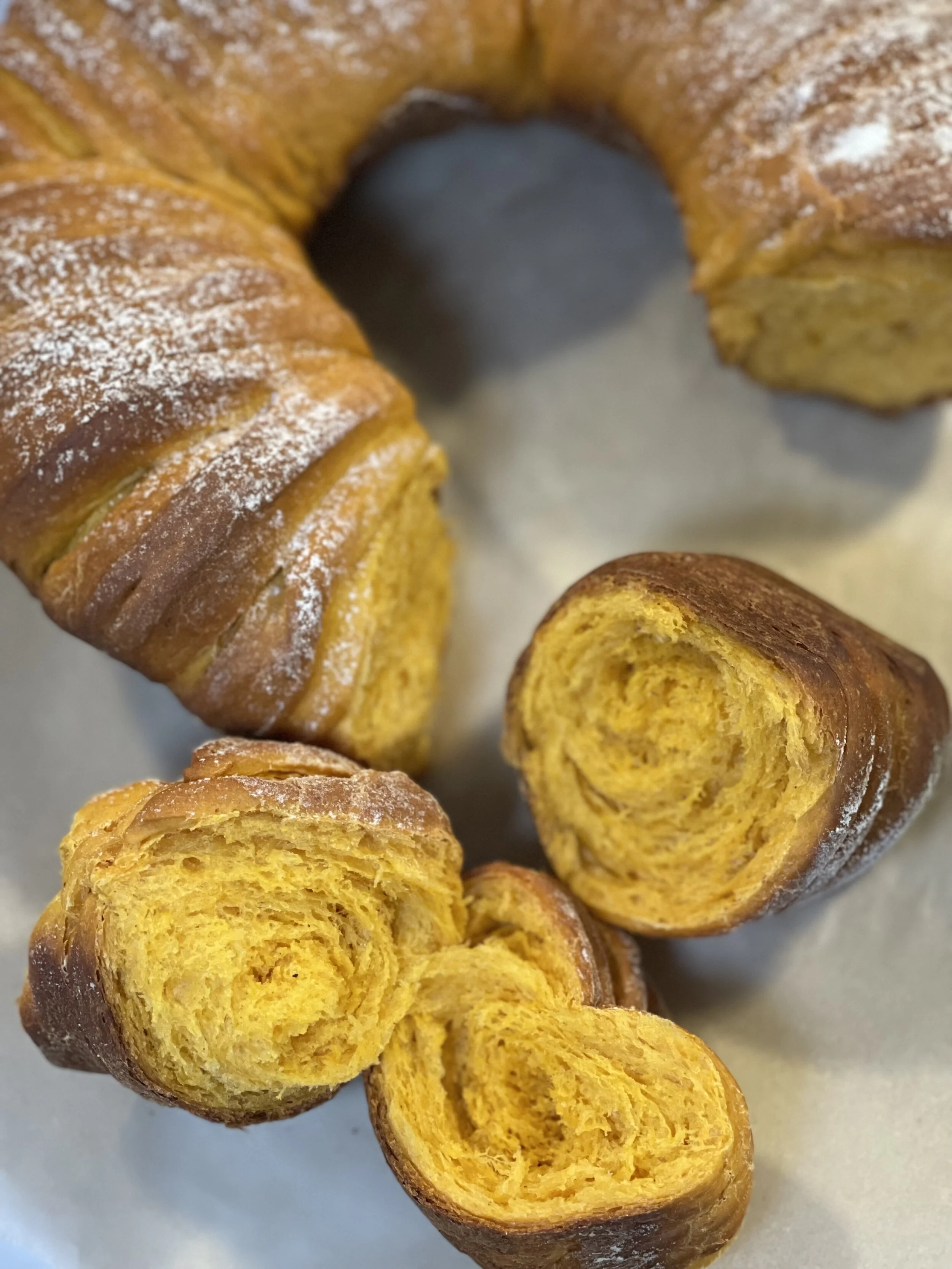
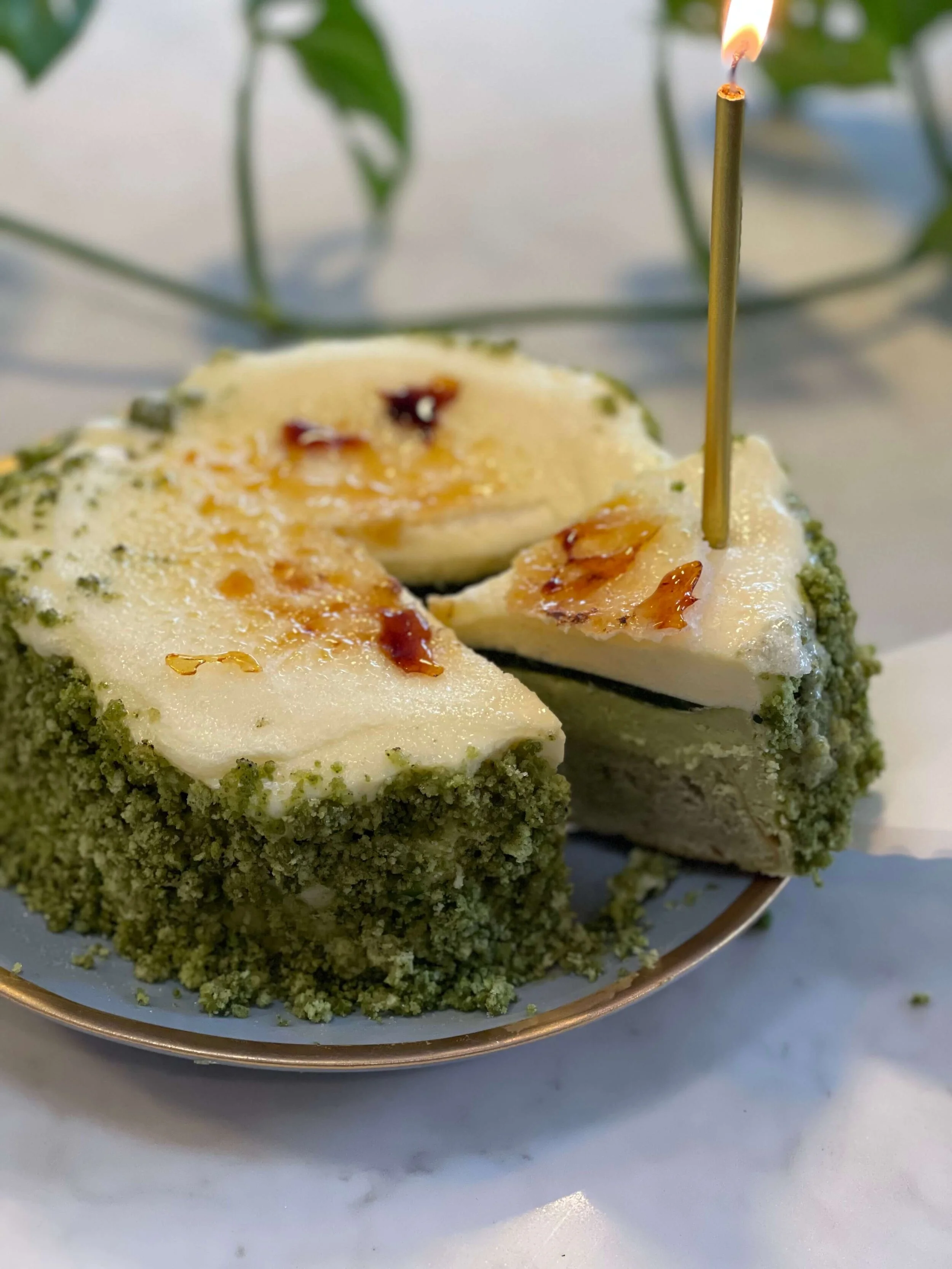


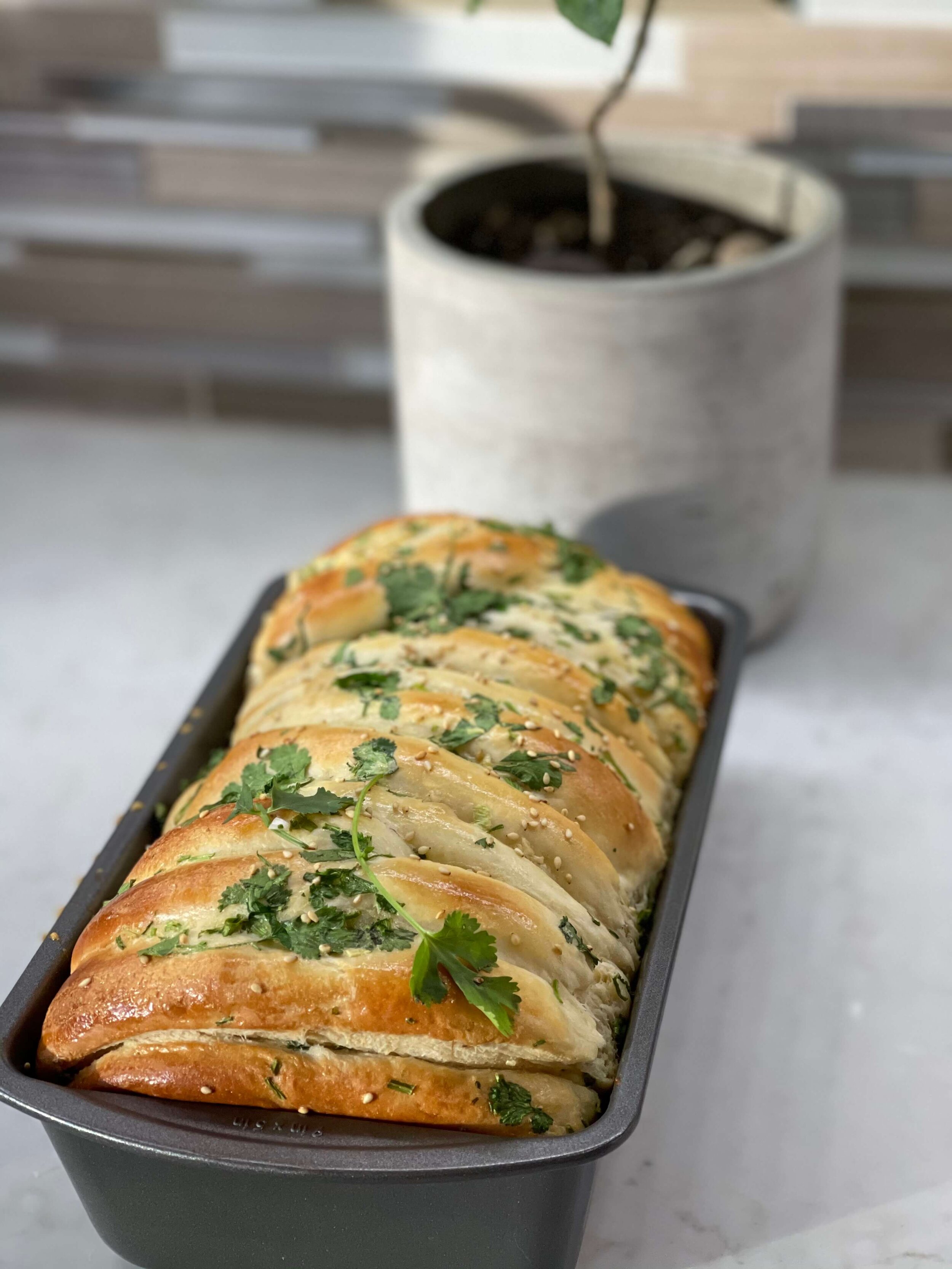


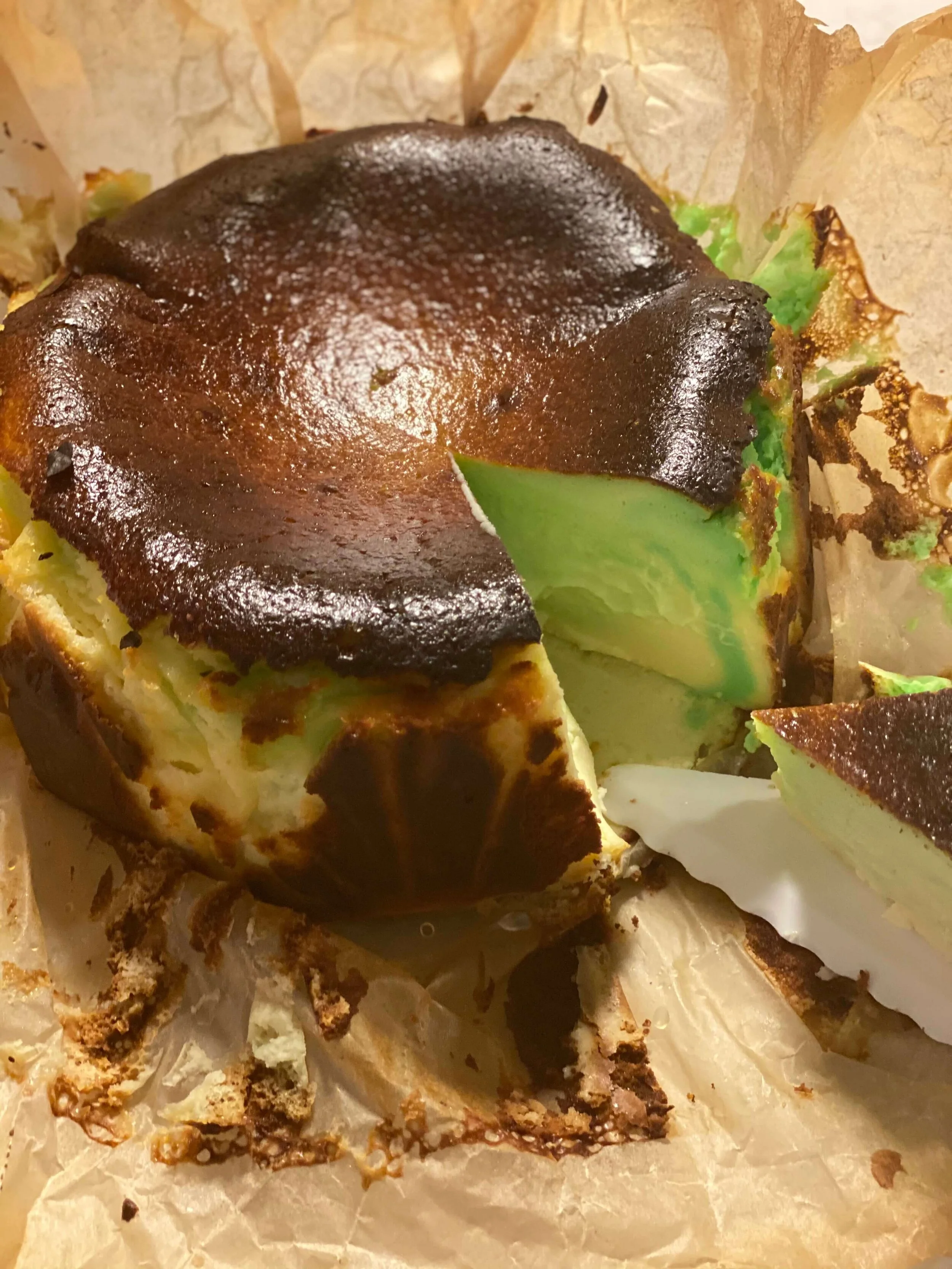
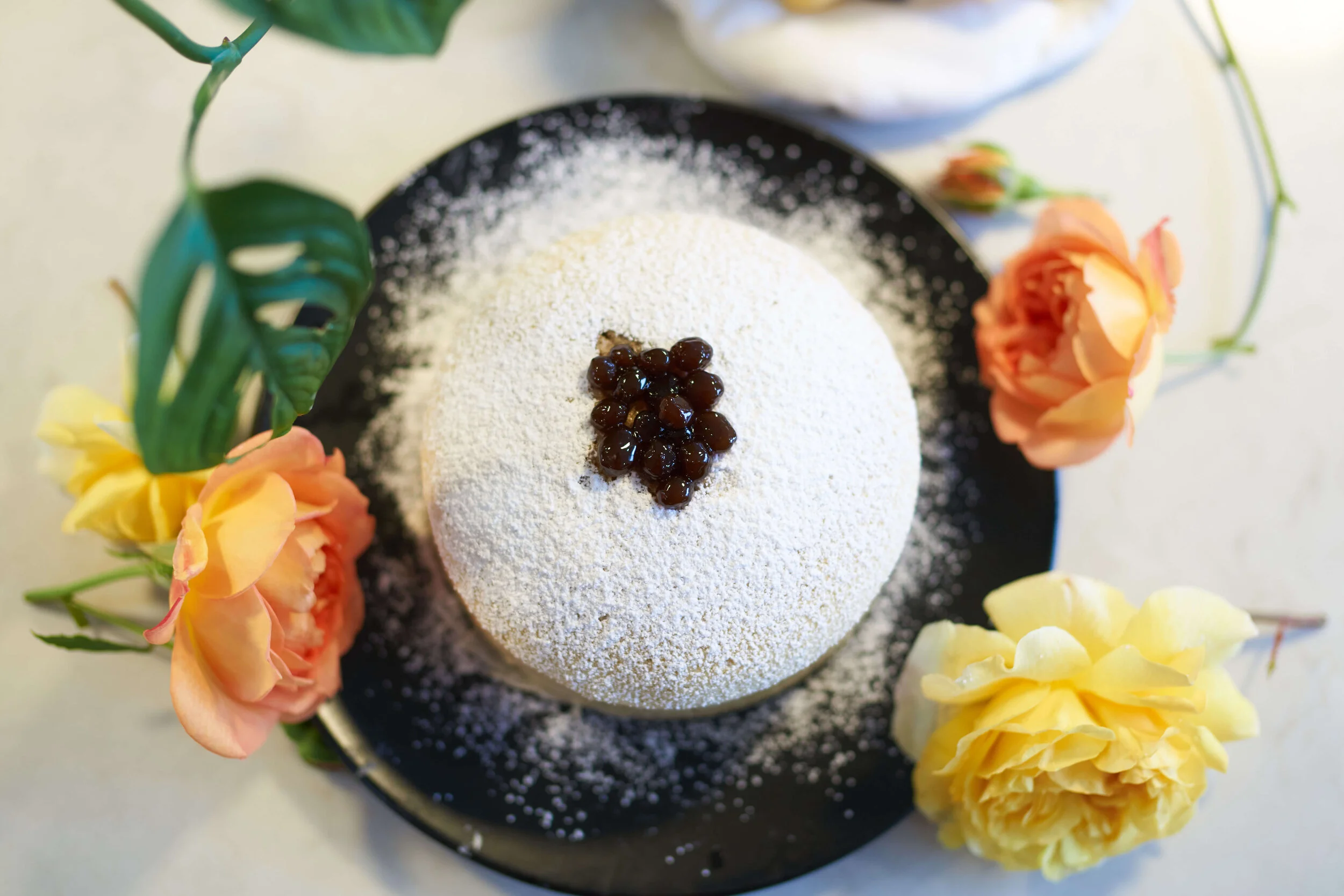
Hi friends, want to make a spicy chocolate brown butter mochi? Do you drool at the thought of chewy chocolate marshmallows? Here’s a wonderful gluten-free recipe for you!